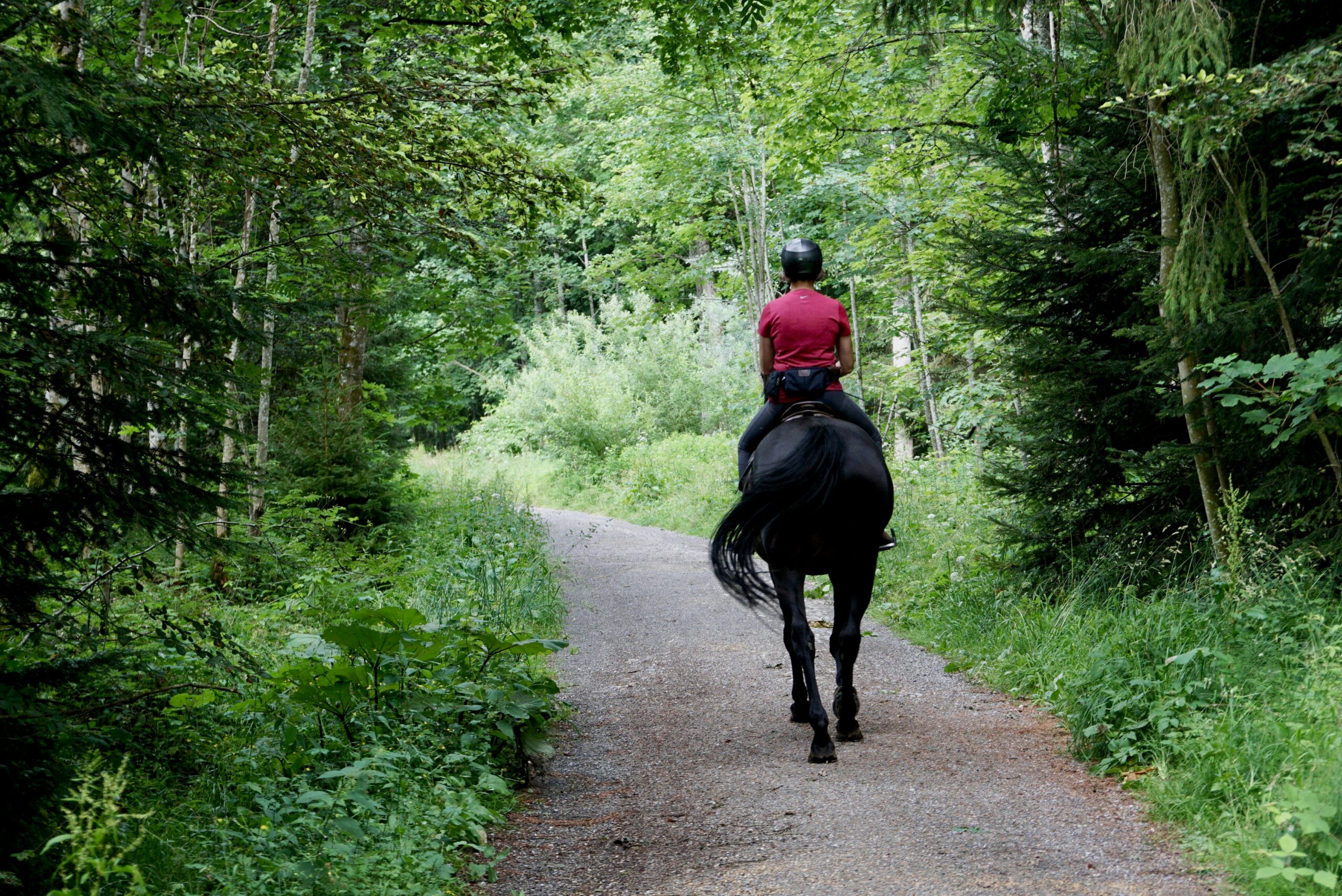Mastering the Fundamentals: Essential Techniques for Horseback Riding
Introduction
Learning to control a horse and developing safe riding skills are essential for anyone interested in horseback riding. Whether you are a beginner or have some experience, mastering the basic riding techniques is crucial for your safety and the well-being of the horse. In this article, we will explore some fundamental techniques that will help you become a confident and skilled rider.
1. Mounting and Dismounting
Before you start riding, it’s important to know how to properly mount and dismount a horse. When mounting, approach the horse from the left side, hold the reins in your left hand, and place your left foot in the stirrup. Push yourself up and swing your right leg over the horse’s back, gently lowering yourself into the saddle. To dismount, reverse the process by swinging your right leg back over the horse’s back and lowering yourself down.
2. Maintaining Balance and Posture
One of the key elements of riding is maintaining balance and posture. Sit up straight with your shoulders back and relaxed. Keep your heels down and your toes pointing slightly outward. Distribute your weight evenly on both seat bones and avoid leaning forward or backward. A good posture will help you stay balanced and communicate effectively with the horse.
3. Using the Reins
The reins are your primary means of communication with the horse. Hold the reins in both hands, keeping them at a comfortable length. Use a light and steady contact, avoiding any excessive pulling or jerking. To turn left, gently apply pressure with your left rein, and to turn right, use your right rein. Remember to always keep a soft and supple connection with the horse’s mouth.
4. Applying Leg Aids
Leg aids are used to control the horse’s speed and direction. To ask the horse to walk forward, apply gentle pressure with both legs. To ask for a halt or to slow down, squeeze your legs lightly and sit deeper in the saddle. If you want to turn left or right, apply pressure with your inside leg (the leg closest to the direction you want to go) and use your outside leg slightly behind the girth. It’s important to be consistent and clear with your leg aids.
5. Developing a Good Seat
A good seat is essential for maintaining balance and staying secure in the saddle. Practice sitting deep in the saddle, allowing your hips to move with the horse’s motion. Keep your lower back relaxed and avoid gripping with your thighs. Developing a good seat takes time and practice, so be patient and focus on building your core strength and flexibility.
6. Practicing Transitions
Transitions are an important part of riding and help to improve the horse’s responsiveness and obedience. Practice smooth and controlled transitions between gaits, such as walking to trotting or trotting to cantering. Use your seat, legs, and reins to communicate the desired transition and maintain a balanced and rhythmical ride.
Conclusion
Mastering the basic riding techniques is the foundation for becoming a skilled and confident rider. By learning how to mount and dismount, maintaining balance and posture, using the reins and leg aids effectively, developing a good seat, and practicing transitions, you will be well on your way to controlling a horse and developing safe riding skills. Remember to always prioritize your safety and the welfare of the horse, and never hesitate to seek professional guidance and instruction to further enhance your riding abilities.

